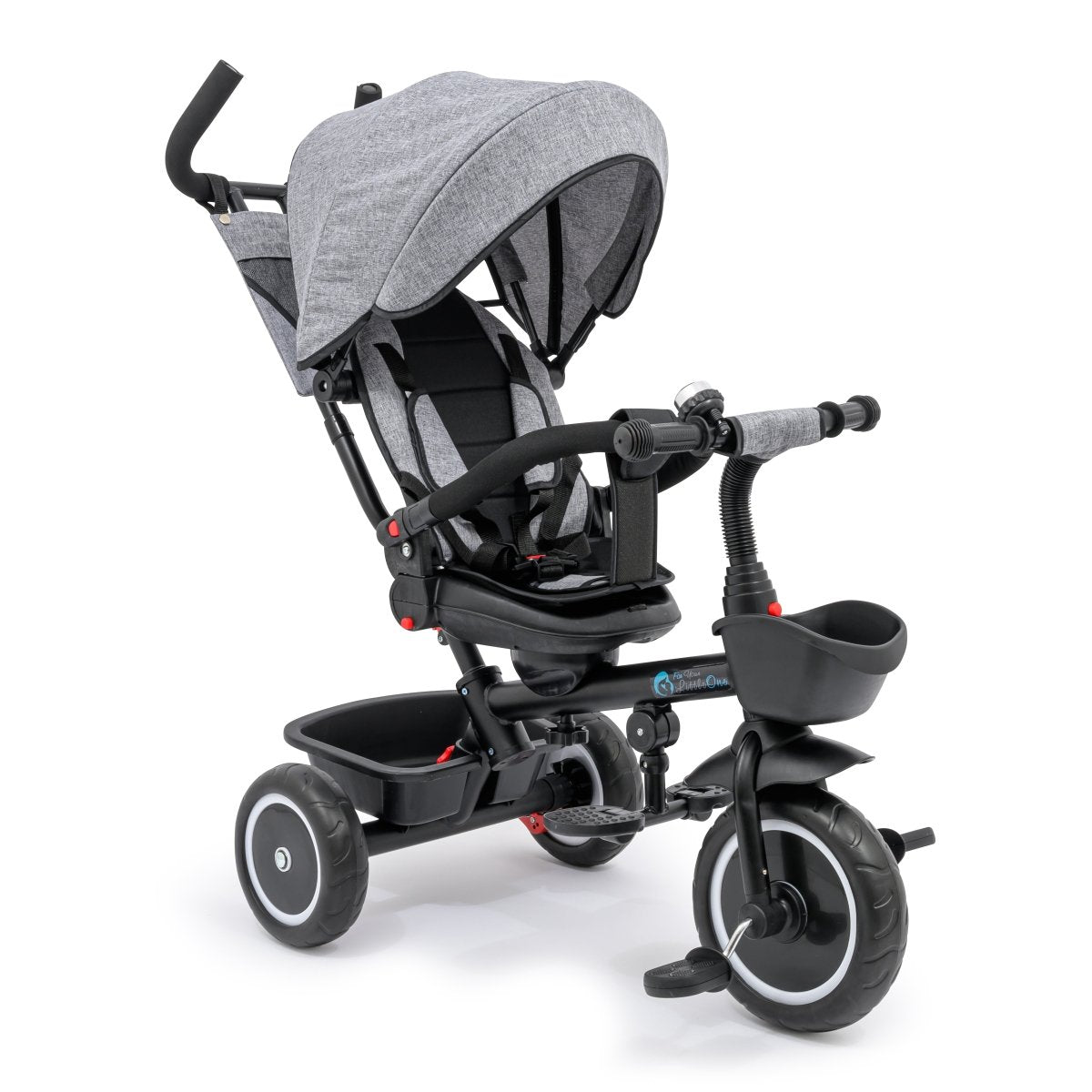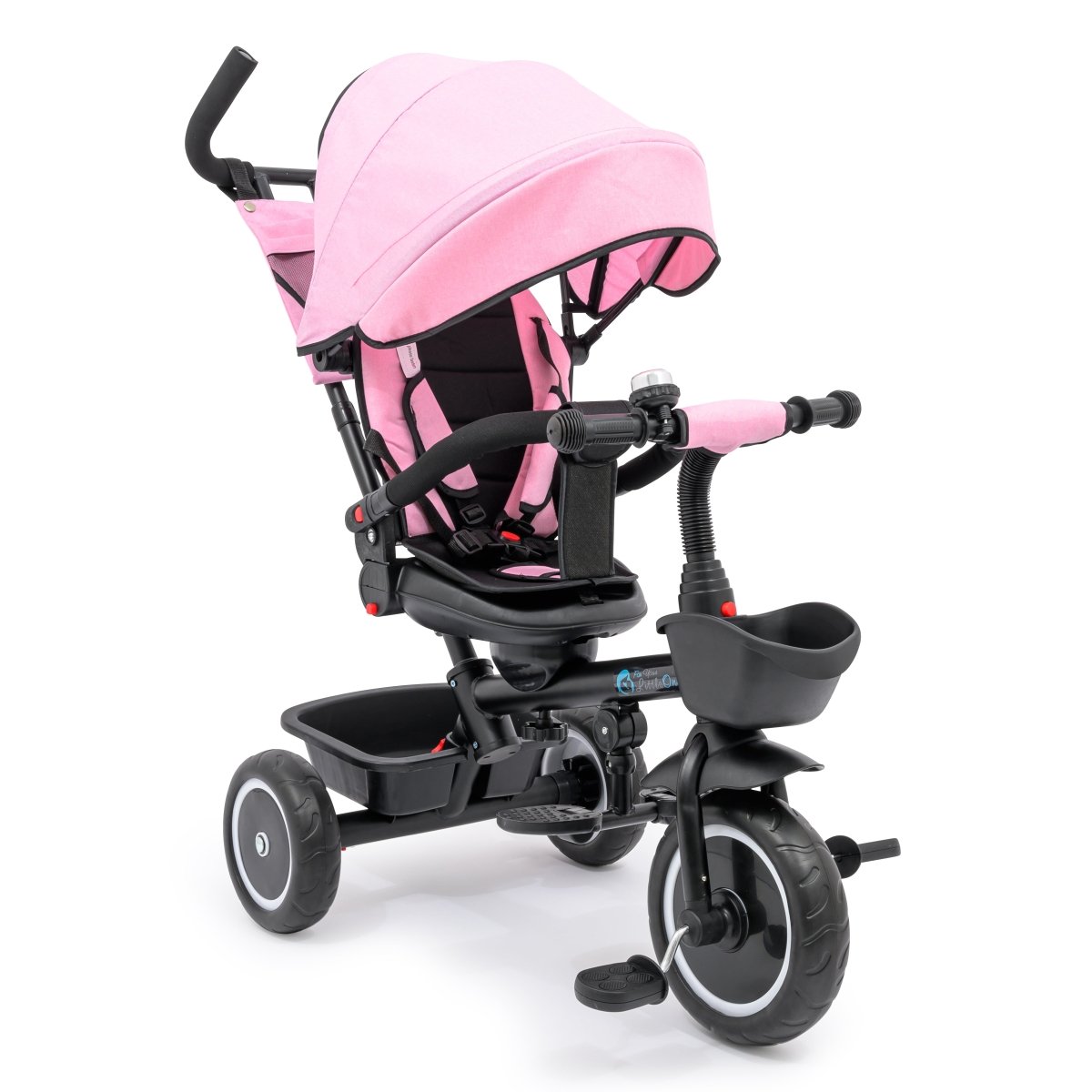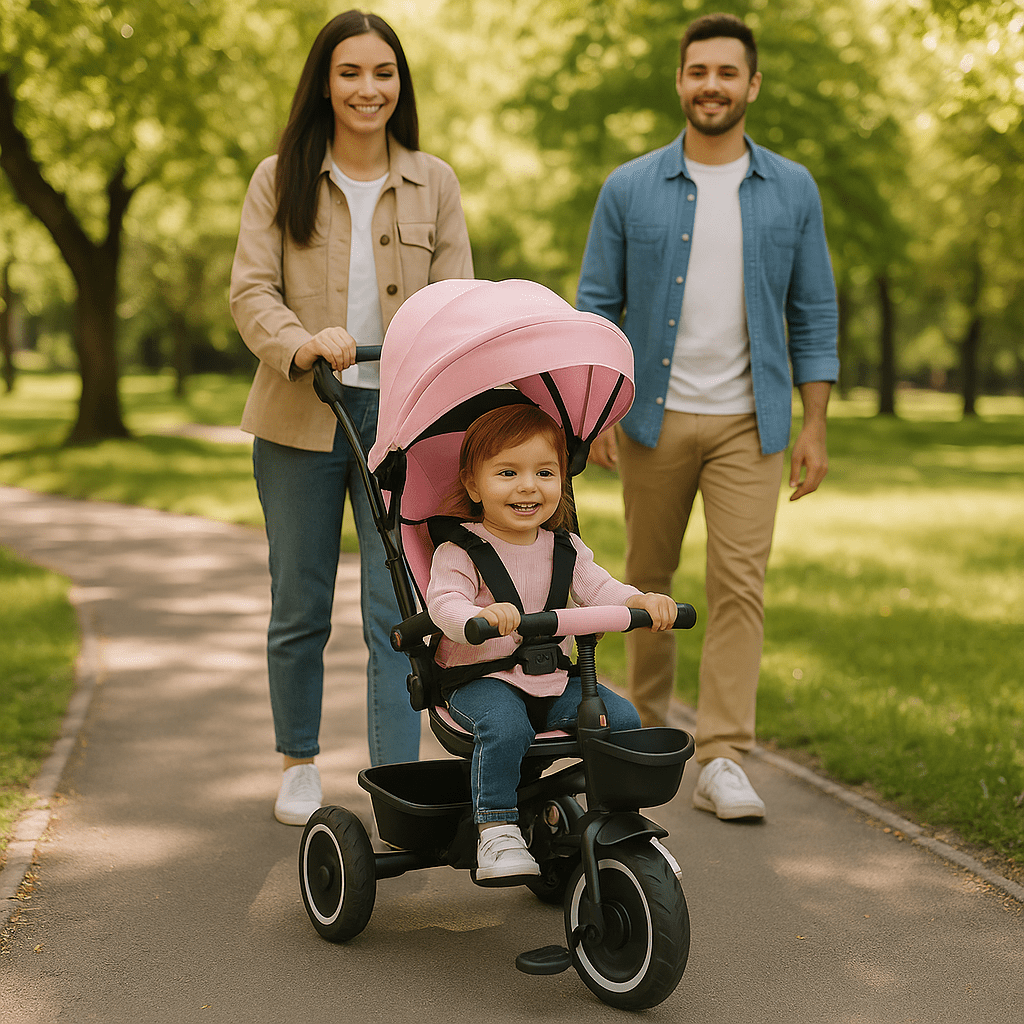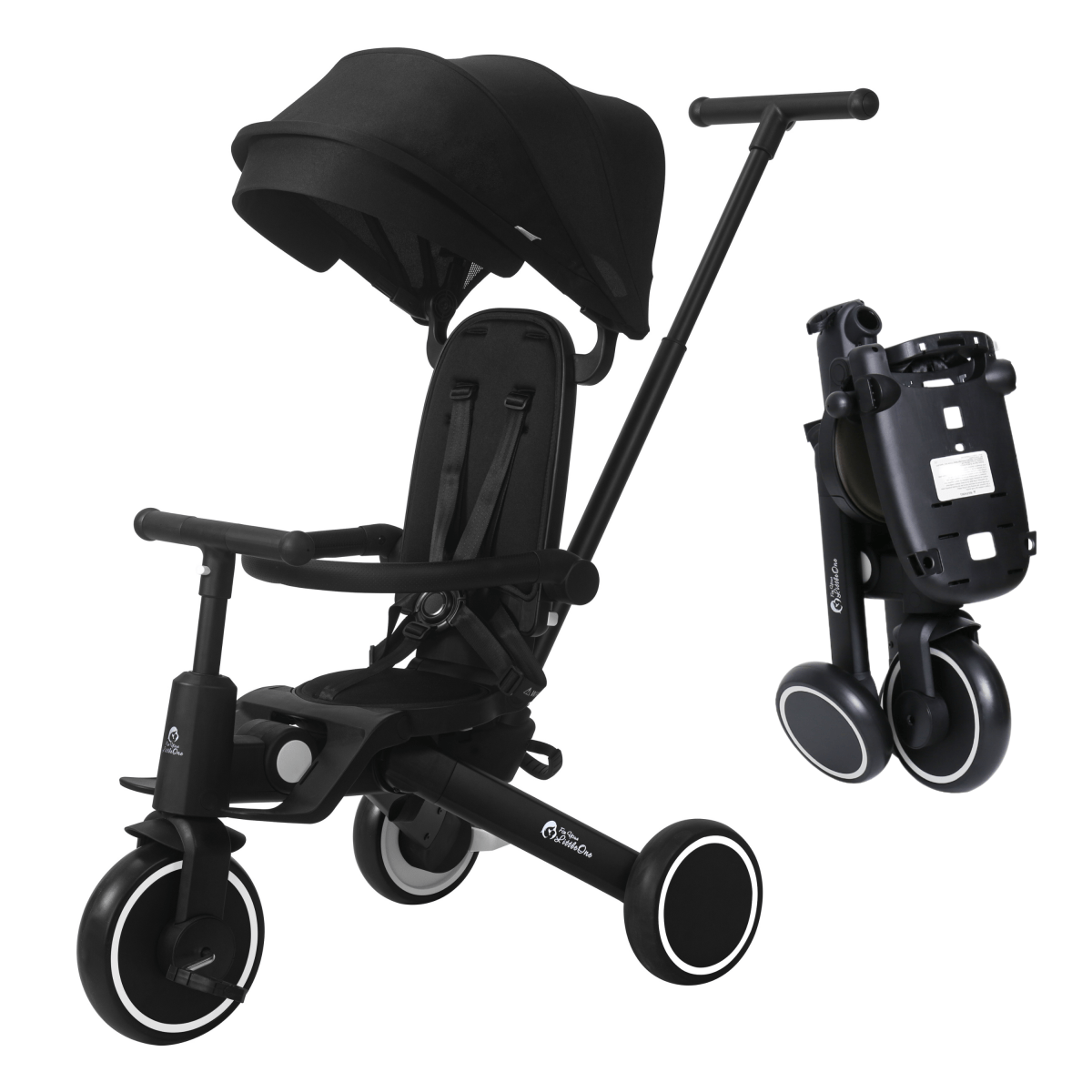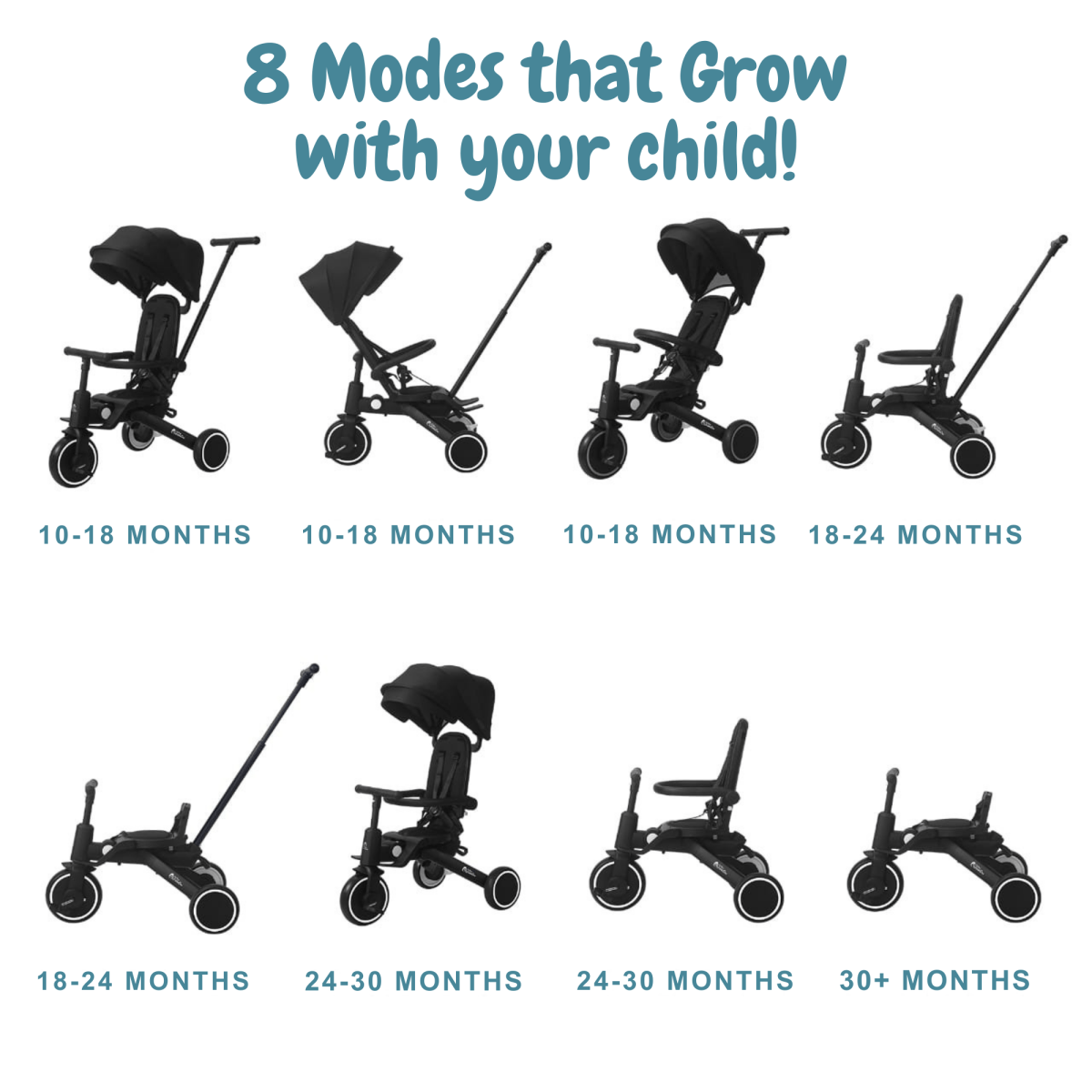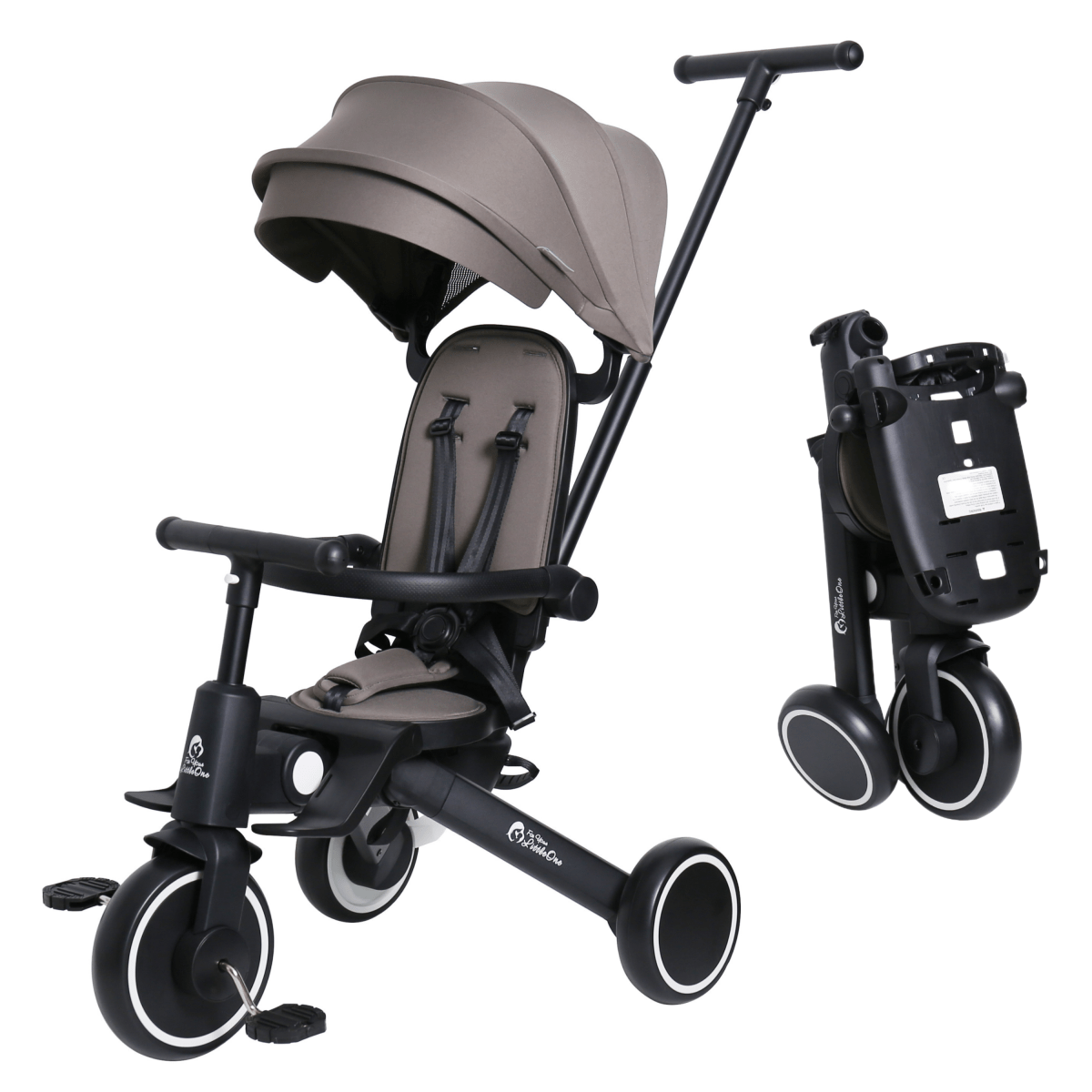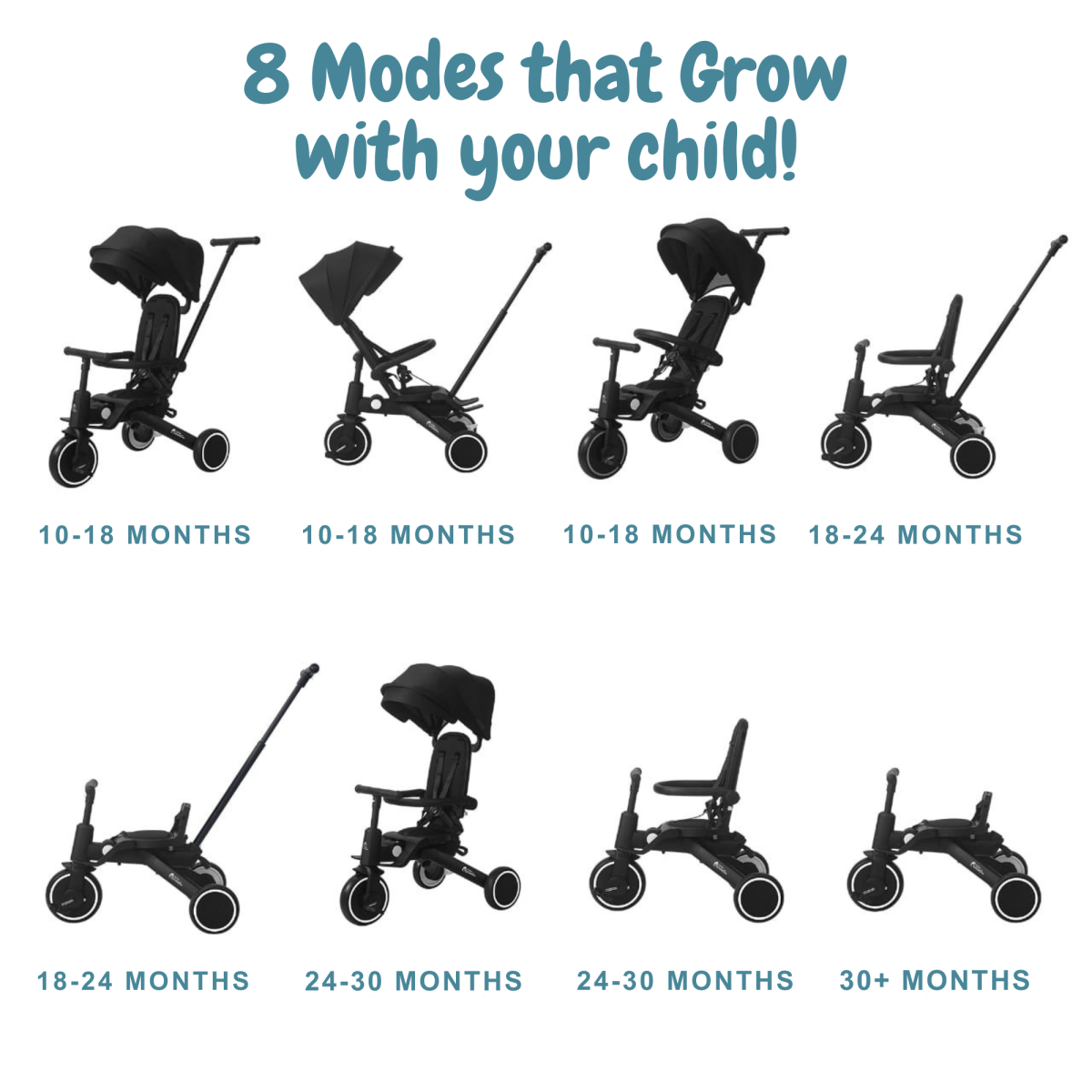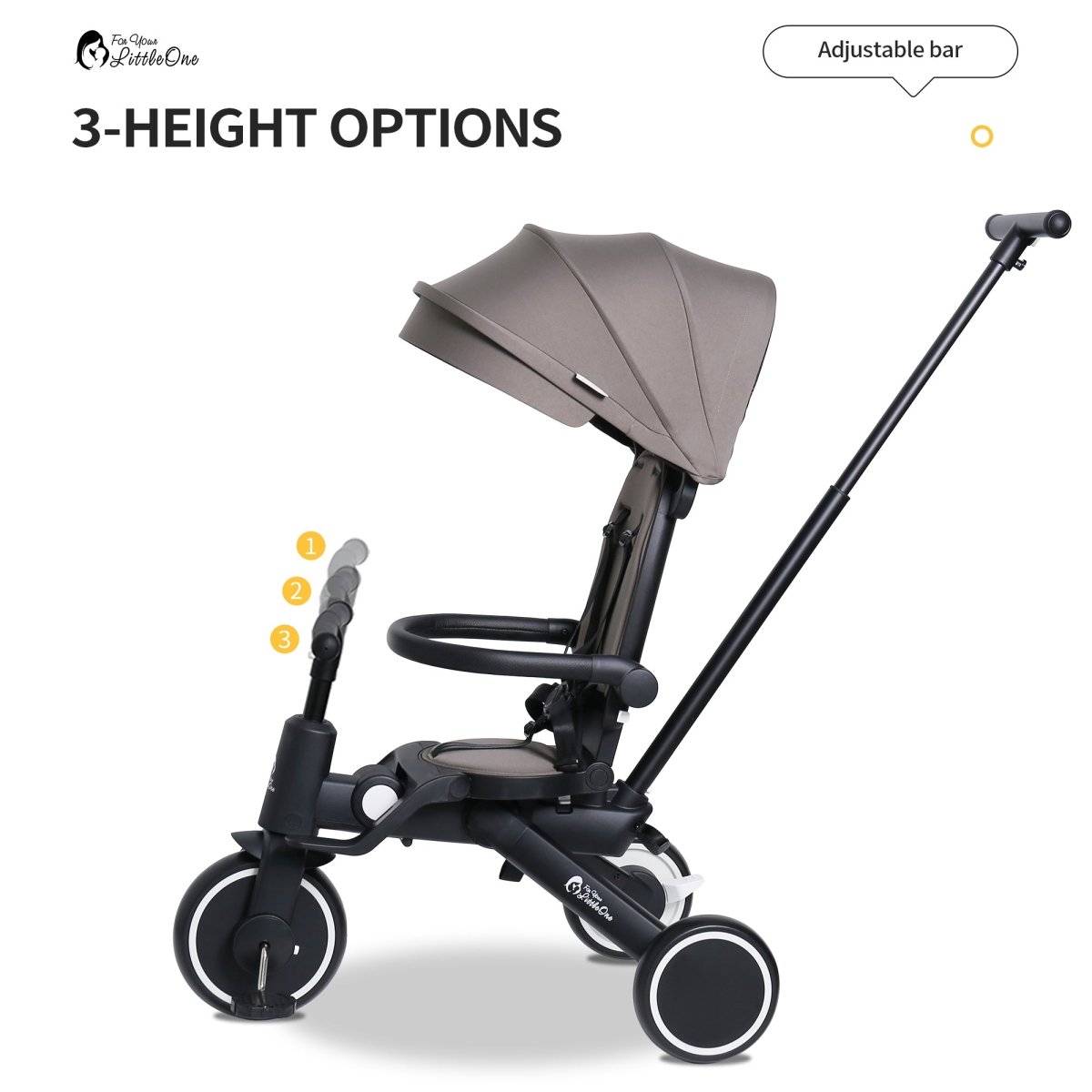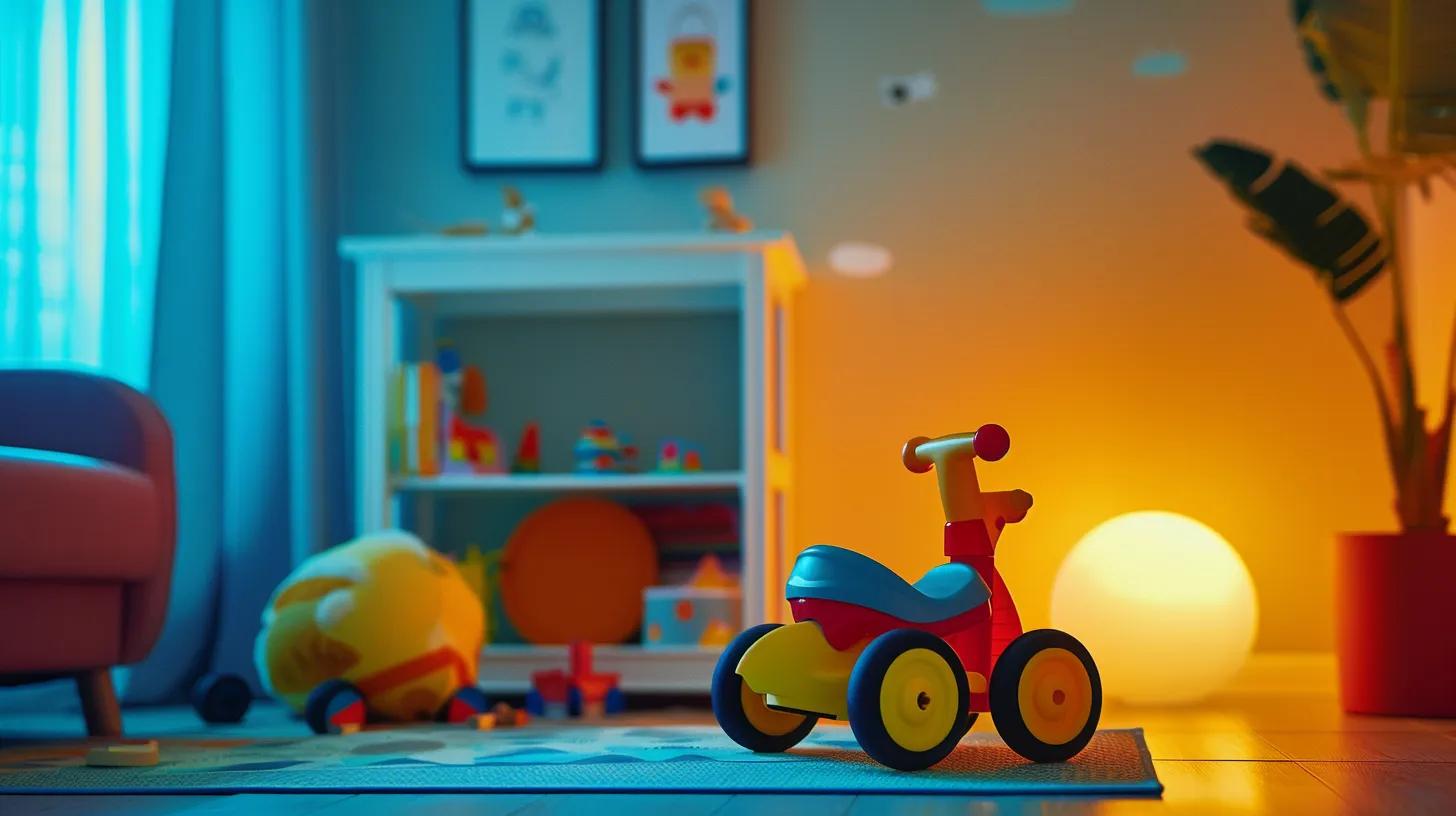
Baby Trike Safety Tips You Need to Know
In today's busy world, ensuring our little ones' safety during outdoor play is a top priority. Baby trikes offer a fun way for toddlers to start cycling, but choosing the right trike and using it correctly is essential to prevent accidents and injuries. This article provides
on baby trikes—from key safety features to maintenance and usage guidelines—to help parents make informed decisions and ensure a secure riding experience.
What Are the Key Safety Features to Look for in a Baby Trike?
When selecting a baby trike, parents should focus on several critical safety features. First, high-quality seatbelts securely restrain the child and prevent ejection during sudden stops. Equally important is a reliable brake system that allows controlled stopping, especially around sidewalks or intersections. Handlebar and steering designs should offer a firm, non-slip grip, ensuring that parents have full control during rides. Additionally, the tires and wheels must maintain stable contact with the ground to reduce the risk of tipping over.
How Do Seatbelts Enhance Baby Trike Safety?
Seatbelts keep the child firmly seated, reducing the risk of falls during unexpected movements. They are usually adjustable and designed with multi-point harnesses to distribute forces evenly during sudden stops. These features are supported by safety standards that stress reliable restraints for protecting delicate neck and back areas.
Why Are Brake Systems Important for Baby Trikes?
Brake systems are vital as they allow both parent and child to slow down or stop quickly. Responsive brakes reduce the likelihood of collisions, particularly in high-traffic areas. Whether hand-operated or foot-controlled, brakes must be reliable, uniformly activated, and regularly tested to avoid unintended speeding or prolonged stopping distances.
What Handlebar and Steering Features Improve Safety?
Ergonomically designed, non-slip handlebars provide a secure grip and help ensure accurate steering. A smooth and precise steering system reduces the risk of sudden, uncontrolled turns. Many trikes now feature adjustable steering, allowing for modifications as the child grows and ensuring consistent handling at different speeds.
How Do Tires and Wheels Affect Baby Trike Stability?
Durable tires with excellent grip prevent slipping on wet or uneven surfaces. Additionally, proper alignment and suspension systems play a role in smoothing out bumps and absorbing shocks, which minimizes the risk of jarring impacts. Choosing trikes with puncture-resistant tires and robust wheels helps ensure a safe ride on various terrains.
How Do Baby Trike Safety Standards Protect Your Child?
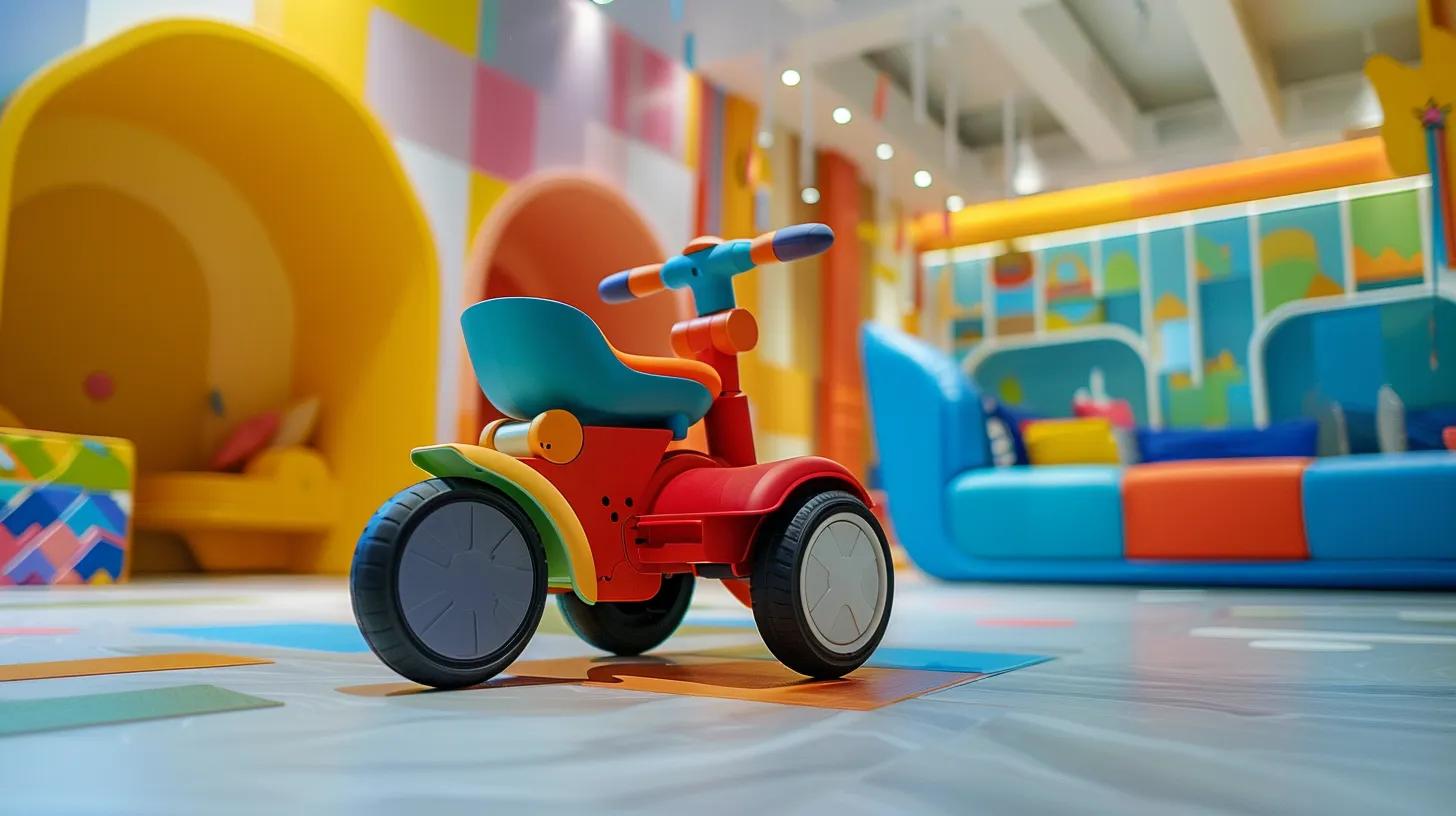
Baby trikes are manufactured to stringent safety standards that cover material strength and specific safety features. These standards ensure every component, from seatbelts to brakes, has been rigorously tested to minimize injury risks. Compliance with these standards gives parents confidence in the safety and durability of the trike.
What Are ASTM F963 and EN 71 Safety Standards?
ASTM F963 and EN 71 are internationally recognized safety standards. ASTM F963, used in the United States, sets
guidelines to reduce hazards, while EN 71, followed in Europe, focuses on both chemical and physical safety. Together, these standards verify that baby trikes are free from harmful substances, have secure harnesses, and include stably attached wheels and reliable brakes.
How to Verify a Baby Trike’s Compliance With Safety Standards?
Parents should inspect product labels for certification logos or documentation that confirms adherence to ASTM F963 and EN 71. Trusted retailers and reputable brands provide clear compliance information; reviews and third-party evaluations can further confirm that a trike meets these safety
.
Which Baby Trike Brands Are Best Known for Safety?
Reputable brands with a strong safety record are recommended for baby trikes. For example, Radio Flyer is known for its commitment to advanced safety features and rigorous testing. These brands invest in research to continuously enhance safety through quality materials, secure harnesses, and reliable braking systems, often backed by extensive warranties and positive consumer feedback.
What Safety Features Do Top Brands Like Radio Flyer Offer?
Top brands typically include multi-point seatbelts, dependable braking systems, ergonomic steering, and high-traction tires. They use non-toxic, durable materials designed for everyday use and innovations such as adjustable handlebars and modular designs, which help the trike adapt to a growing child.
How to Compare Baby Trike Brands Based on Safety?
When comparing brands, parents should review published safety standards, product specifications, and third-party test results. Focus on details like seatbelt design, braking mechanisms, wheel stability, and overall ergonomics. Customer reviews and independent
also offer valuable insights into real-world performance.
Are There Affordable Baby Trikes That Meet Safety Standards?
Yes, many budget-friendly baby trikes meet international safety standards. Reputable brands offer models that maintain essential safety features—such as secure seatbelts, responsive brakes, and sturdy construction—without compromising on quality. It is important to check detailed descriptions and
when considering cost-effective options.
What Are the Recommended Age and Weight Guidelines for Baby Trikes?
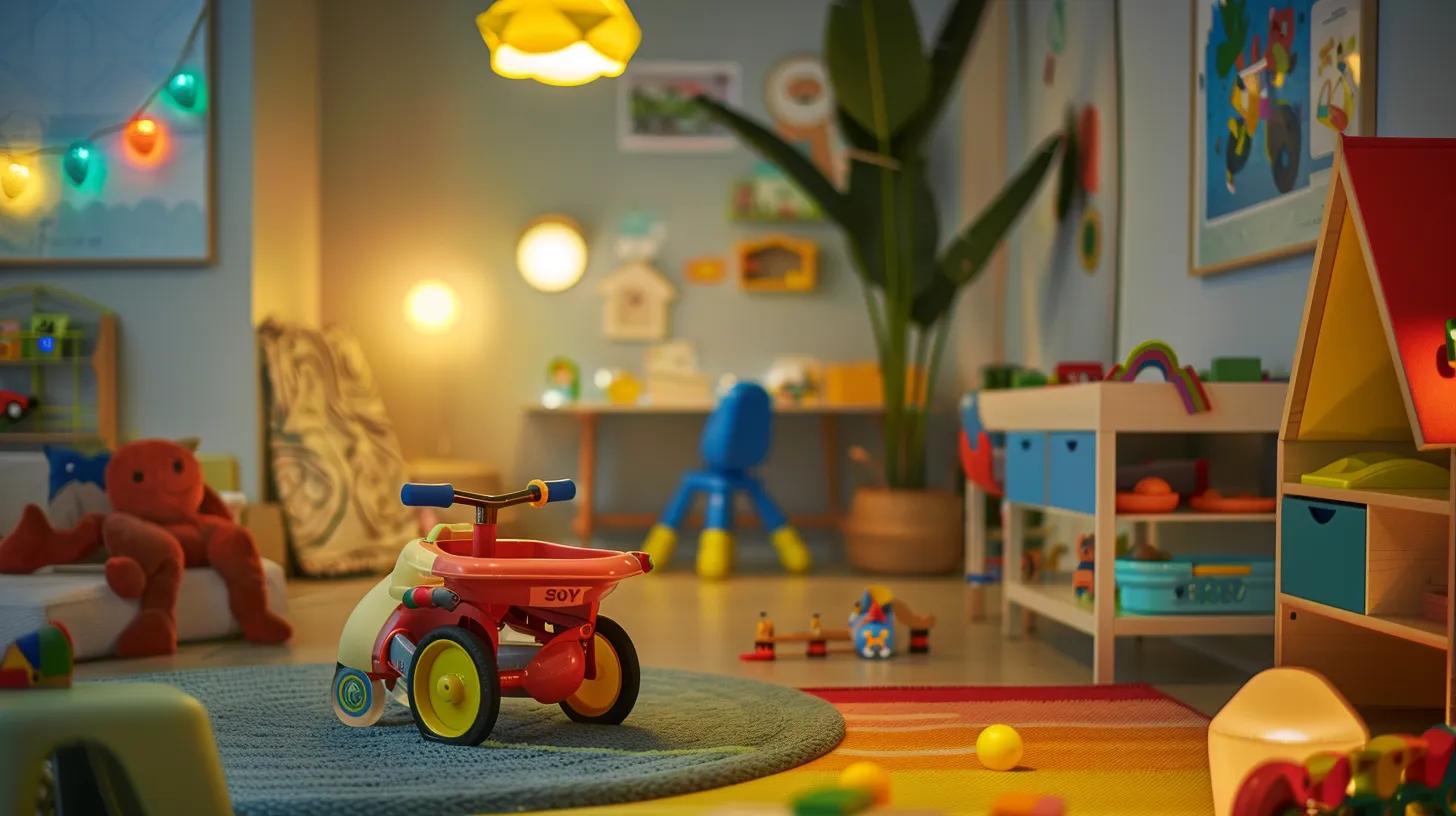
Manufacturers provide age and weight guidelines to ensure that the trike is used safely and supports the child's growth. These recommendations help parents determine the right time to introduce a trike and ensure the trike’s structure can handle the child’s weight without compromising
.
At What Age Is It Safe to Introduce a Baby Trike?
Generally, children between 2 and 4 years old can start using a baby trike, as they have developed sufficient motor skills and balance. Introducing a trike at this stage helps ensure the child understands basic riding rules and safety practices, while also offering developmental benefits like improved coordination.
How Does Weight Affect Baby Trike Safety and Usage?
Weight limits are set to maintain the integrity of the trike’s components. Overloading can strain brakes and wheels, leading to potential failures. Adhering to recommended weight limits—often around 25 kilograms—ensures that all safety features operate effectively.
How to Choose the Right Trike Size for Your Child’s Age?
Select a trike with adjustable features such as seat height, handlebar position, and pedal spacing to match your child’s growth. A well-sized trike supports proper posture and control, reducing the risk of falls. Ensure that mounting and dismounting are easy and safe for your child.
How Can Parents Ensure Safe Baby Trike Usage and Maintenance?
Safe usage of a baby trike depends not just on its initial purchase but on regular maintenance and proper usage practices. Routine inspections and adherence to a
can extend the trike's reliability and prevent accidents.
What Should Be Included in a Baby Trike Safety Checklist?
A comprehensive checklist should include inspecting seatbelts for wear, testing brake responsiveness, and checking tire pressure. Parents should also examine the
and look for signs of material degradation like cracked plastic or rust on metal components.
How to Perform Regular Maintenance and Inspections?
Regular checks should include a visual inspection of all key components before each ride, lubrication of moving parts as recommended by the manufacturer, and keeping the trike clean. In some cases, periodic professional inspections may be beneficial to ensure ongoing safety.
What Are the Best Practices for Safe Riding Environments?
Baby trikes are best used in smooth, traffic-free areas such as parks, residential streets, or dedicated bike paths. Parents should avoid busy intersections, uneven pavements, or heavy traffic areas. Adequate lighting and continuous supervision during rides enhance safety considerably.
How to Teach Proper Riding Techniques to Toddlers?
Parents should model safe riding behaviors by demonstrating appropriate mounting, steering, and dismounting techniques. Using simple language and visual cues helps toddlers understand commands like “slow down” or “stop.” Gradually increasing ride duration in a safe, supervised area helps improve balance and coordination.
What Accessories and Gear Improve Baby Trike Safety?
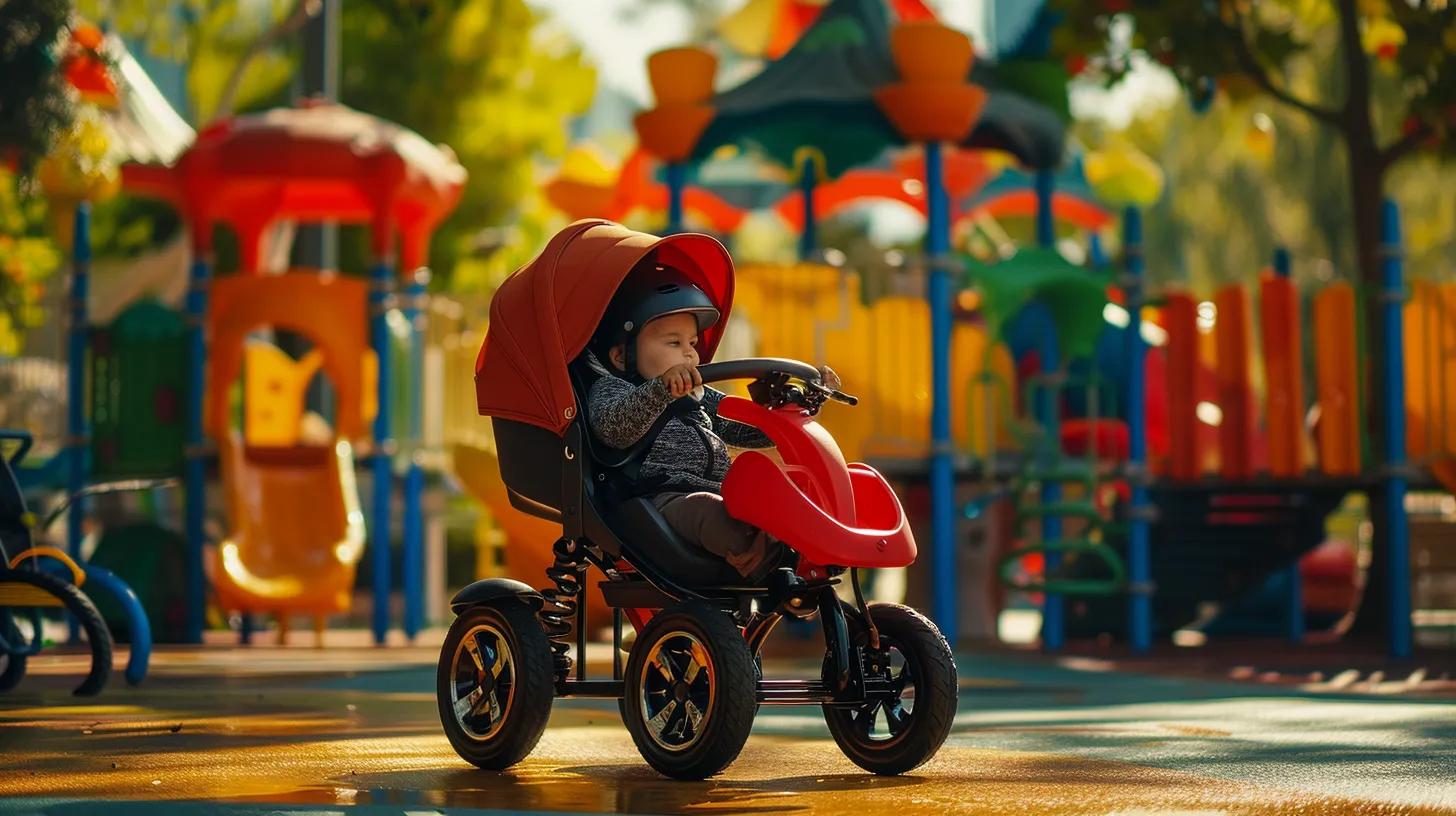
Adding quality accessories increases both safety and convenience when riding. Essential items include helmets, sun protection gear, and effective storage solutions to keep necessary items secure during the ride.
How to Choose the Right Helmet for Your Baby Trike Rider?
A proper helmet should fit well, have adjustable straps, sufficient padding, and meet safety standards like CE certification. It must cover the forehead and absorb impacts effectively. Regular checks for wear are important to ensure continued protection.
What Sun Protection Options Are Recommended for Baby Trikes?
Consider lightweight hats with wide brims, UV-protected clothing, or covers with built-in sunshades. These accessories protect the child’s skin from harmful UV rays while keeping them comfortable during longer rides. the importance of using a parasol for your infant in the summer sun.
How Can Storage Solutions Enhance Baby Trike Safety and Convenience?
Secure baskets or pouches attached to the trike allow parents to carry essentials such as water, snacks, or a basic first aid kit. These storage aids help keep the ride organized and ensure that emergency supplies are readily accessible without compromising the trike’s stability.
What Are Common Baby Trike Injuries and How Can They Be Prevented?
Despite safety measures, minor injuries can still occur with baby trikes. Typical issues include abrasions, bruises, and sometimes sprains or fractures from falls, especially if the trike is overloaded or used on rough surfaces. Recognizing these risks prompts parents to prioritize preventive steps.
What Types of Injuries Are Most Common With Baby Trikes?
Common injuries include abrasions from scraping against surfaces, minor fractures, and occasional head injuries from falls. Rigorous safety practices and regular maintenance help minimize these risks.
How Do Safety Features Help Reduce Injury Risks?
Secure harnesses, reliable brakes, and stable wheels absorb impact forces and distribute them evenly during falls, reducing the severity of injuries. Additional design elements such as cushioned seats and anti-slip pedals add extra protection.
When Should Parents Seek Medical Attention After a Trike Accident?
If a child shows signs of concussion, persistent pain, swelling, or exhibits unusual drowsiness or vomiting after an accident, it is important to seek immediate medical attention to rule out internal injuries.
Frequently Asked Questions
Q: How often should parents inspect a baby trike for safety? A: A thorough safety inspection should be done before every ride, with more detailed maintenance checks at least once a month.
Q: Can baby trikes be used on uneven surfaces safely? A: Some trikes with advanced suspension can handle slightly uneven terrain, but they are primarily designed for smooth surfaces and should be used with proper supervision.
Q: Are adjustable features on a baby trike important for long-term safety? A: Yes, adjustable seats, handlebars, and pedals help the trike grow with the child, ensuring ongoing comfort and safety.
Q: What is the recommended storage accessory for baby trikes? A: Secure, purpose-built baskets or pouches that attach safely to the trike are ideal for carrying essentials without affecting stability.
Q: How do international safety standards affect baby trike quality? A: Compliance with standards like ASTM F963 and EN 71 ensures that the trike has been rigorously tested for durability, material safety, and reliable performance.
Final Thoughts
Ensuring baby trike safety means understanding essential features, adhering to strict safety standards, and performing regular maintenance. By focusing on high-quality seatbelts, efficient brakes, and secure steering, parents can minimize injury risks. Coupled with proper storage and thoughtful accessories, baby trikes can provide a fun, secure, and enjoyable riding experience that gives parents peace of mind.

